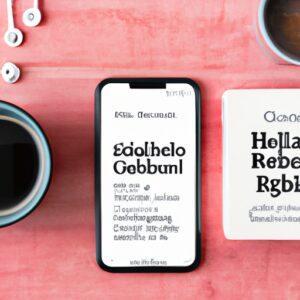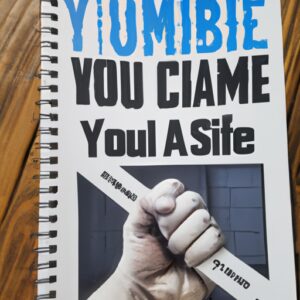Building a Website for Your Podcast: Tips and Examples
If you’re a podcaster, then you know how important it is to have a dedicated website for your show. A website is your digital storefront, where you can showcase your brand, grow your community, and monetize your content. But building a website can be daunting, especially if you’re not a tech whiz. Fear not, dear podcaster, because we’ve got you covered with some tips and examples that will help you create a killer website for your podcast!
Tip #1: Keep it Simple
You don’t need to be a web designer to create a great website for your podcast. In fact, less is more when it comes to web design. Stick to a simple color scheme, use easy-to-read fonts, and make sure your website is easy to navigate. Remember, your website is there to showcase your content, not your design skills.
Tip #2: Focus on Content
Your content is what draws listeners to your show, so make sure it’s front and center on your website. Use clear headlines and a variety of media, such as audio clips, show notes, and videos, to showcase your content. This will make it easy for listeners to find what they’re looking for and keep them engaged with your show.
Tip #3: Make it Mobile-friendly
More and more people are listening to podcasts on their mobile devices, so it’s essential that your website is mobile-friendly. Use responsive design to make sure your website looks great on any device, and make sure your audio clips are playable on mobile devices. This will ensure that your listeners can tune in to your show, no matter where they are.
Example #1: NPR’s “Serial” Podcast
NPR’s “Serial” podcast is a great example of a website that’s simple yet effective. The website uses a simple black and white color scheme and a clear layout that makes it easy to navigate. The focus is on the content, with each episode featuring an audio clip and detailed show notes. The website is also mobile-friendly, ensuring that listeners can tune in to the show no matter where they are.
Example #2: The New York Times’ “The Daily” Podcast
The New York Times’ “The Daily” podcast has a website that’s sleek and modern. The website uses a light color scheme, plenty of white space, and bold typography to create a clean, easy-to-read design. The content is front and center, with large audio clips and detailed show notes that make it easy for listeners to follow along. The website is also fully responsive, ensuring that it looks great on any device.
Example #3: Radiolab
Radiolab’s website is a great example of a website that’s packed with content but still easy to navigate. The website uses a bold color scheme that’s in line with the show’s branding and features large, eye-catching images to draw listeners in. The website also includes a variety of media, such as audio clips, videos, and articles, to keep listeners engaged with the show. The website is also mobile-friendly, ensuring that listeners can tune in no matter where they are.
Conclusion
Building a website for your podcast may seem daunting, but with these tips and examples, you’ll be well on your way to creating a killer website that showcases your show and engages your listeners. Remember, keep it simple, focus on content, and make it mobile-friendly, and you’ll have a website that your listeners will love!






